My Certifications
ISSA Elite Trainer
The ISSA Elite Trainer credential is awarded to accomplished ISSA Certified Trainers who have proven their competence in personal training and developed expertise in two additional areas of specialization. With scientific backing and practical application in the areas clients need help with the most, this credential proves that extensive education equals results.
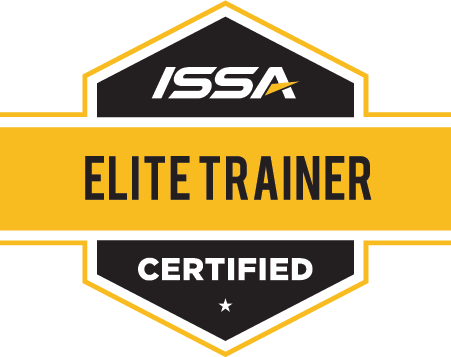
NSCA Tactical Strength & Conditioning Facilitator
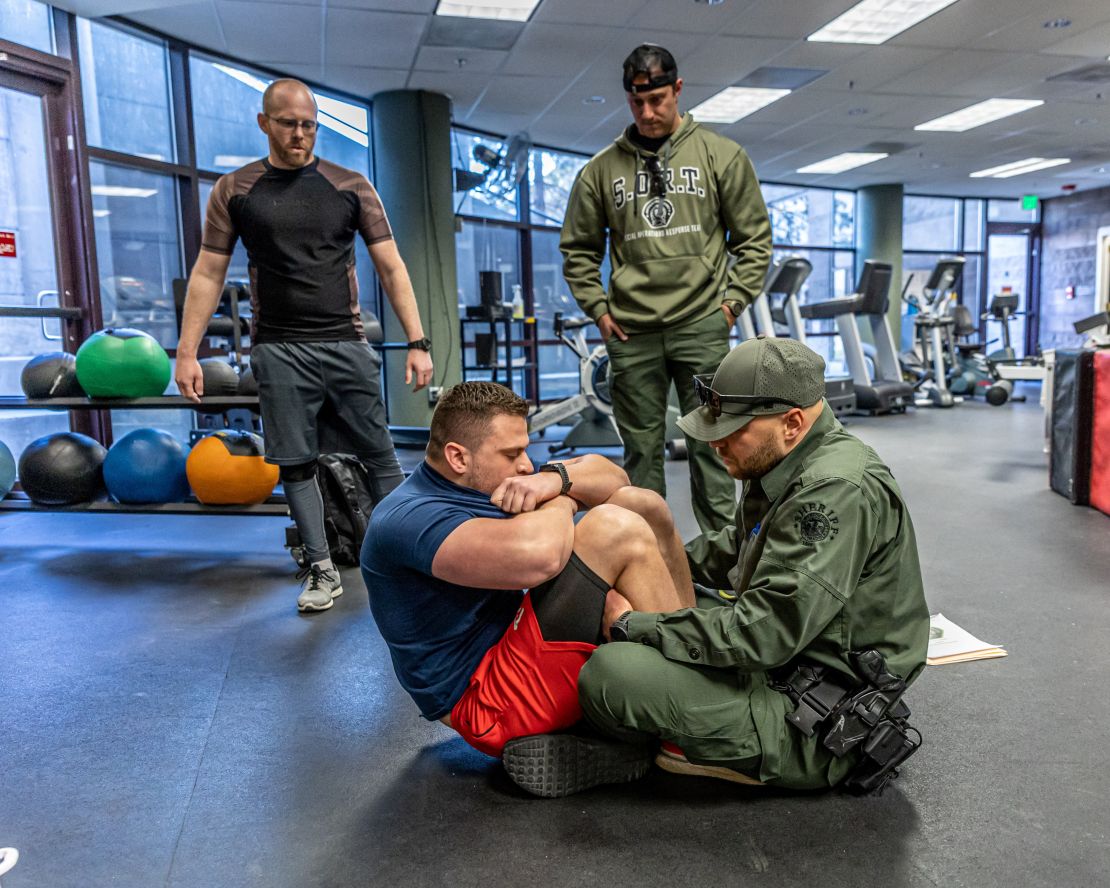
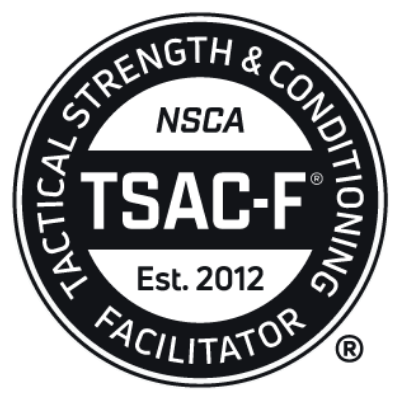
Tactical Strength and Conditioning Facilitators® (TSAC-F®) apply scientific knowledge to physically train military, fire and rescue, law enforcement, protective services, and other emergency personnel to improve performance, promote wellness, and decrease injury risk. They conduct needs analyses and physical testing sessions, design and implement safe and effective strength training and conditioning programs, and provide general information regarding nutrition. Recognizing their area of expertise is separate and distinct, TSAC - Facilitators consult with and refer those they train to other professionals when appropriate.
ISSA Tactical Conditioning Specialist

Passing the fitness readiness and aptitude entrance exams for Military, Police, Firefighters and all our First Responders can be tough and their fitness needs don't stop there. These physically demanding jobs require special considerations so we can keep the people we all count on safe and effective. Whether clients are in a physically demanding and performance-oriented occupation or want the comparable look - simply running or lifting more isn't the answer. The demands of this unique form of training take uncommon variables into account - like gear, timeframe, and emergency situations.
Our communities rely on members of the military, law enforcement, and firefighting professions to perform at the highest level possible, at any given moment. As an ISSA Certified Tactical Conditioning Specialist, I am able to prepare first responders for the demands of these occupations in a safe and progressive way.
NSCA Certified Personal Trainer

The NSCA-CPT® credential is designed for professionals who work one-on-one with their clients in a variety of environments, including YMCAs, schools, health/fitness clubs and clients’ homes. The education thoroughly tests the knowledge and skills that are necessary to successfully train active and sedentary physically healthy individuals, as well as the elderly and obese. Personal trainers with specialized expertise may also be involved in training clients with orthopedic, cardiovascular, and other chronic conditions. The NSCA-Certified Personal Trainer® (NSCA-CPT®) certifications are the first nationally accredited certification programs in the fitness industry.
ISSA Certified Fitness Trainer
It's no secret - fitness training has been proven to prevent disease, strengthen your health and improve your confidence and outlook on life. As a certified fitness trainer, I'm deeply trained in everything from muscle mechanics to flexibility and cardiovascular dynamics. So if you want to live a stronger and more confident life, I've got the training and the expertise to help you every step of the way.
ISSA Specialist in Exercise Therapy
All too often, people suffering from debilitating medical conditions are inclined to think that fitness doesn't apply to them. In reality, fitness is even more vitally important to those who are recovering from medical care. As a certified specialist in exercise therapy, I can help you design a fitness program that works around your condition, giving you a healthier and brighter future to look forward to.
NASM Certified Personal Trainer
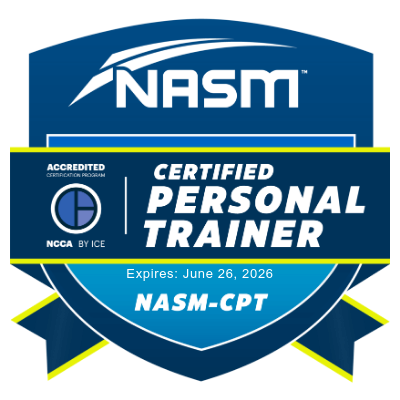

Today there are more than 300 certifications available to sports medicine, performance enhancement, and fitness professionals. But only the NASM Certified Personal Trainer (CPT) certification uses the Optimum Performance Training™ (OPT™) method, making it the gold-standard for health and fitness professionals. This certification utilizes the scientific rationale, teaching tools and the practical experience necessary to perform assessments, create individualized programs and progress clients to their goals based on human movement, exercise science, nutrition, and behavior modification.
NASM Corrective Exercise Specialist
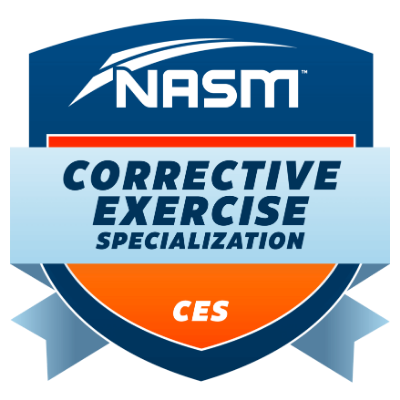

The NASM Corrective Exercise Specialist (NASM CES) Advanced Specialization was developed in response to the growing need for professionals with the ability to assist clients experiencing musculoskeletal impairments, muscle imbalances or rehabilitation concerns. The CES provides the advanced knowledge, skills and abilities to successfully work with clients suffering from musculoskeletal impairments, imbalances or post-rehabilitation concerns.
NASM Performance Enhancement Specialist
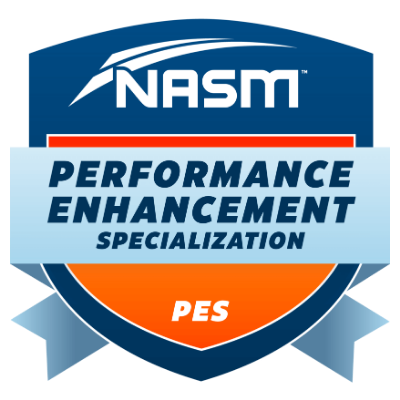
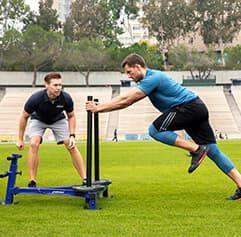
An elite training program for fitness and enhanced athletic performance, the NASM Performance Enhancement Specialist (NASM PES) is designed for athletic trainers, chiropractors, physical therapists, coaches and other sports professionals who want to work with players at all levels, from the secondary education and university tier, to professional and Olympic level athletes. In an increasingly competitive professional environment, with the added pressure of media attention, athletes have to perform at increasingly higher levels and still avoid injury. To help them succeed, the advanced techniques in the NASM PES will help performance enhancement professionals create highly individualized, integrated training programs that enrich training and enhance performance.
NASN Licensed Primary Sports Nutritionist


The scope of education for both registered dietitians and medical professionals does not emphasize specific protocol for fat loss, lean body mass gain or enhancing performance. The NASN is a recognized organization, worldwide regulating the use of specific nutrition, exercise, and nutritive supplementation to accomplish these goals. Our credentials are designed to provide existing health and fitness professionals with the tools and methods they need to effectively develop complete, individual sports nutrition programs for their patients and clientele.
Barbell Rehab Method
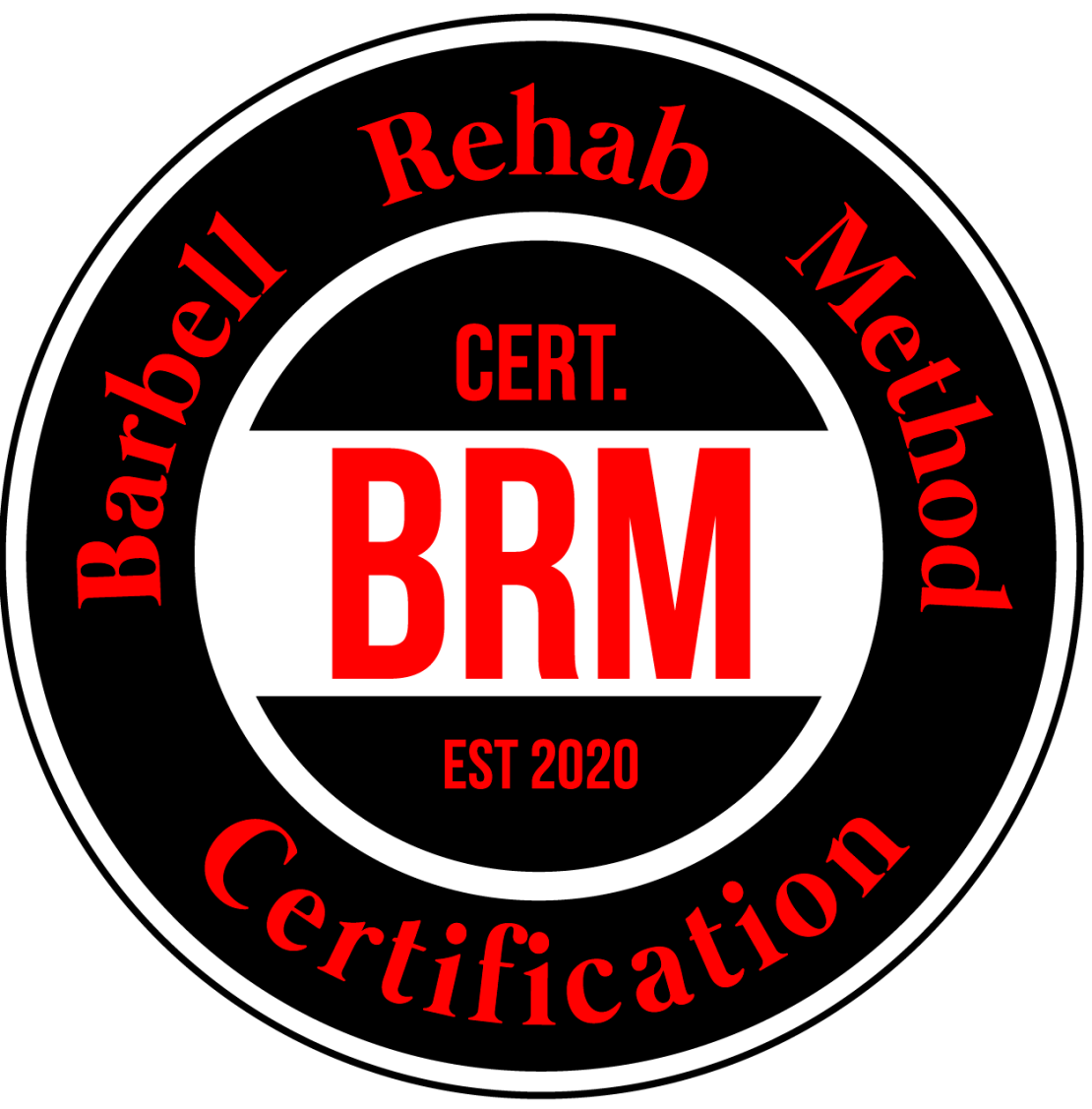
The Barbell Rehab Method offers a science-based, integrative approach to bridging the gap between rehabilitation and performance by empowering fitness and healthcare professionals to help clients train around pain, not through it. Designed for both clinicians and coaches, this method promotes optimal movement patterns, builds resilience, and supports long-term strength development—without the need to completely avoid lifting. By emphasizing load management, biomechanics, and individualized programming, the Barbell Rehab Method enhances client outcomes, keeps individuals engaged in training, and fosters a collaborative, proactive path to recovery and performance.
Rehab-U Movement and Performance Therapy
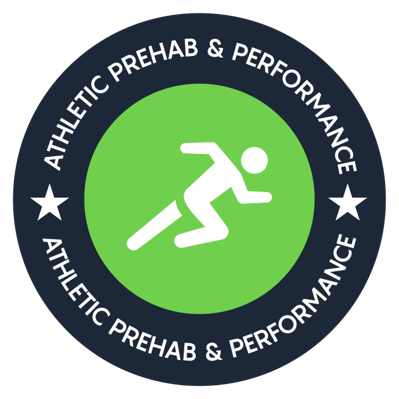
The Rehab-U Movement and Performance Therapy Specialization provides an innovative, evidence-informed approach to optimizing both rehabilitation and athletic performance through movement-based therapy. By integrating principles of biomechanics, neuromuscular control, and functional strength training, this specialization equips practitioners with the tools to assess and correct movement dysfunctions while promoting injury prevention and improved physical performance. Its practical, exercise-driven framework bridges the gap between rehab and high-level training, allowing professionals to design individualized, progressive programs that restore function, enhance mobility, and build resilience across all levels of physical ability.
NSCF Certified Personal Trainer


The National Council on Strength and Fitness (NCSF) Personal Trainer certification is recognized throughout the fitness industry as the premier personal trainer certification for career minded professionals, our Commitment to Excellence ensures the NCSF-CPT credential positions you for success in today’s competitive job market.
IKFF Certified Kettlebell Teacher
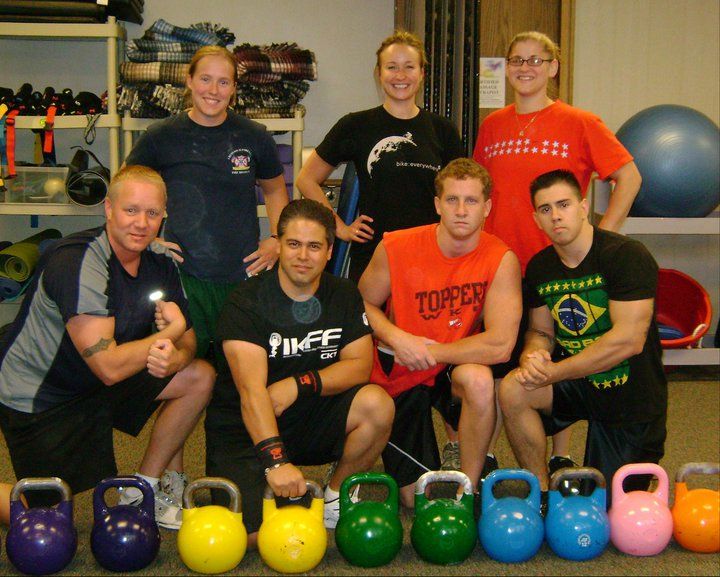
A kettlebell is a traditional Russian training tool that has been used since the turn of the century to develop full body conditioning and fitness. A kettlebell looks like a cannon ball with a handle. The shape of the kettlebell allows for unique positioning of the weight directly above your center of mass (unlike a DB or BB which must be held in front of the body) and allows you to keep your hand and wrists in neutral alignment, which enable for greater endurance and longevity in the core lifts so that you can produce a much higher volume of exercise and thus greater conditioning and fitness.
ATSCI Certified Kettlebell Instructor


ATSCI mission is to provide the public safety community with knowledgeable and thoroughly prepared strength and conditioning instructors who can improve the job performance of our tactical professionals with appropriate training methods and planning. Our service men and women are involved in dangerous professions that often demand a high level of physical preparedness that can only be achieved through careful planning and the right training methods choices.
PTA Global Behavioral Change in Exercise
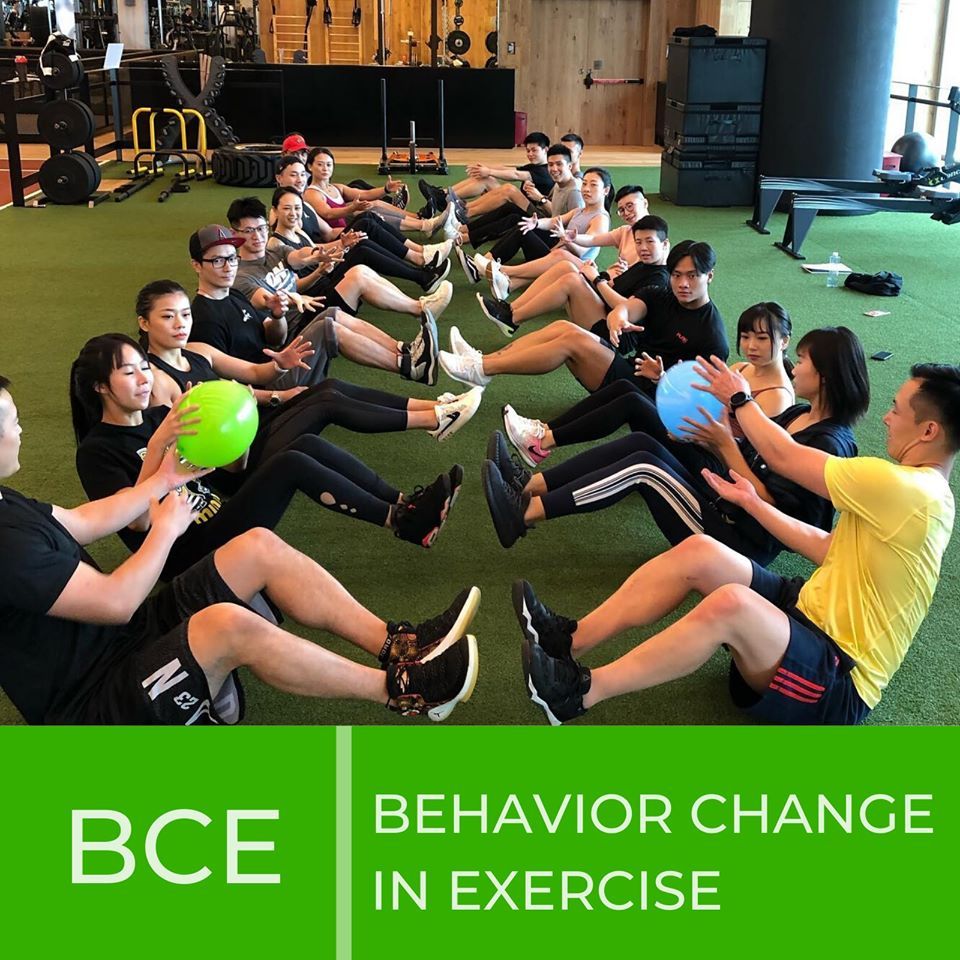
The PTA Global Behavioral Change in Exercise Credential will allows me to communicate, connect, and train effectively with every client. Showing how to create outcome-driven motivational interviewing sessions combined with neuro- and exercise science tools, the BCE Credential will allow me to promote behavior change in my clients.
PTA Global Exercise and Stress Management
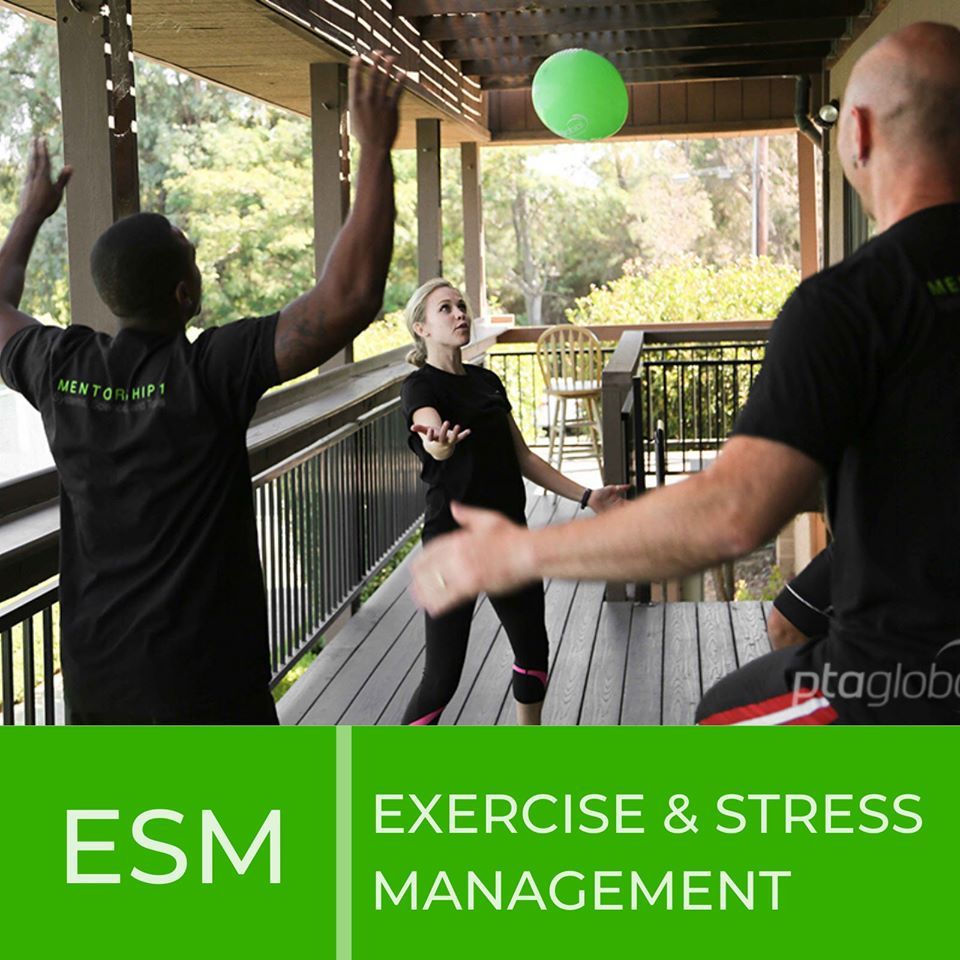
From the accumulation of years of experience and the latest in the scientific understanding of the human body, heart, and brain, the PTA Global team has developed one of the most holistic and practical corrective exercise systems designed to truly personalize your training experience with a whole new approach to viewing your health through the holistic lens of emotional, lifestyle and physical observation to develop a programs to meet you where you need to be met TODAY!
ACE Lifestyle and Weight Management Coach

My clients want to lose weight. They come to me for help – but many of them have health, lifestyle and fitness barriers getting in the way. As an ACE-certified Lifestyle & Weight Management Coach, I am be able to identify those barriers and design plans to help clients overcome them. I know how to assess my clients' fitness and related behaviors, readiness to change and unique training needs. By recognizing what motivates my clients, I can identify how to effectively communicate my advice and determine the best way to help them safely achieve their goals.